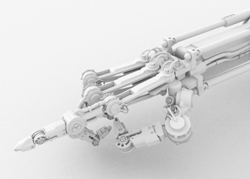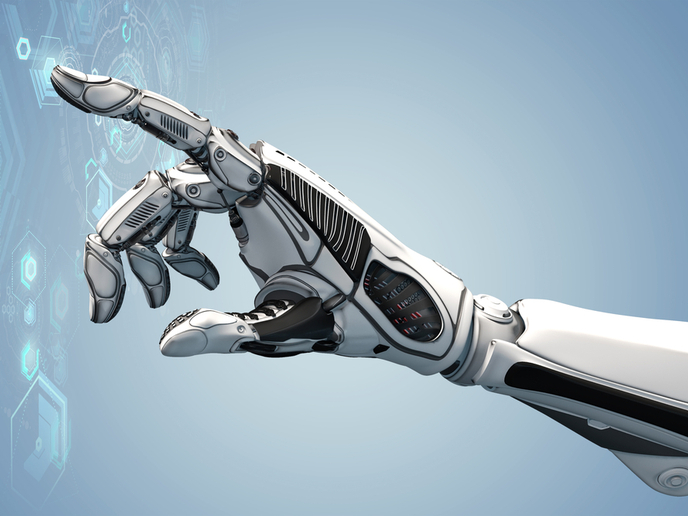Sophisticated robots
There are twenty-nine major joints in the human hand which enable all the complex movements needed to perform everyday tasks. To build this type of system capable of the same movements and functions seems near impossible. The robotic hand device coupled together through springs, emulates sixteen of these joints. The device is capable of adapting its position so that the fingers are able to grasp an object. With further development, such a device could potentially be applied to a number of tasks which could then be performed by robots not humans. The ADAPT project was concerned with developing an artificial representational form of what we describe as 'presence'. The relationship between the human body and its environment was examined by looking at how this understanding originates from the senses and from past experiences. Additionally mechanisms used by the brain were explored in order to demonstrate this relationship. This was achieved through experiments which characterise 'presence' as it developed in human infants. The way in which artificial systems could be used as models to test current theories of perception and action was also explored.







